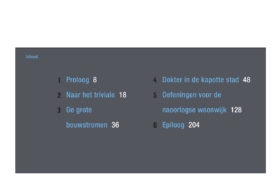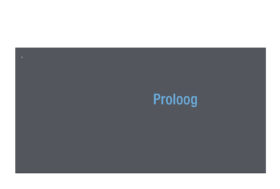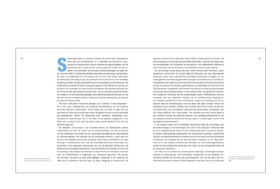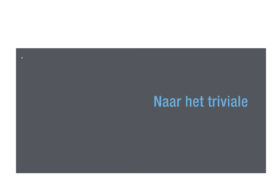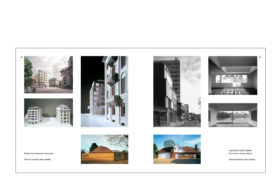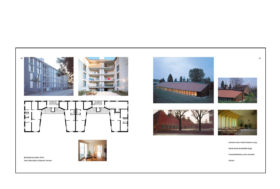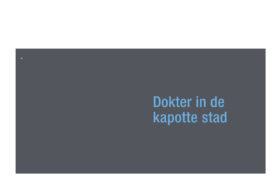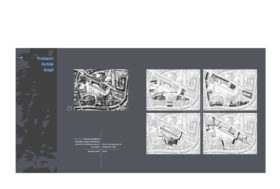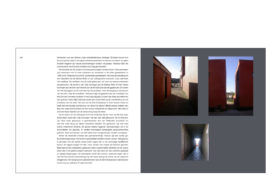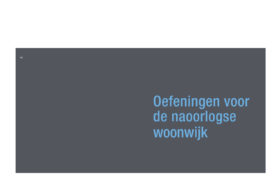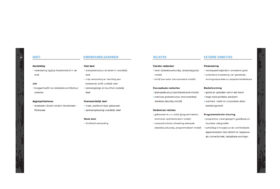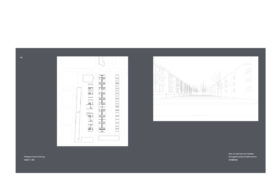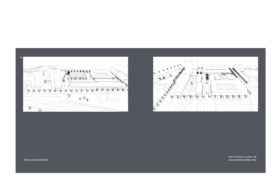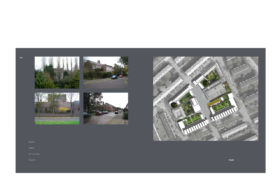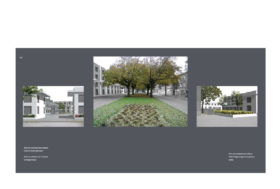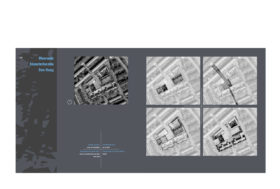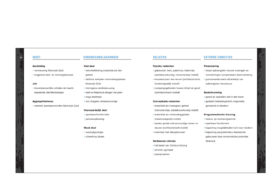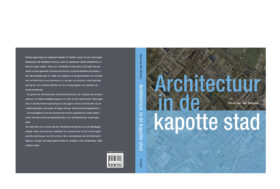Architecture in the Fractured City
Research Assertive Assimilations to design methods in European design practice of urban renewal
Publication Architectuur in de kapotte stad: THOTH, Bussum (2008)
Financial support: Stimuleringsfonds Creatieve Industrie, Rotterdam
2001 – 2008
‘The book makes a valuable contribution to the debate on the preservation and modernisation of urban areas and shows that innovation requires knowledge and respect for the context, but that there are no standard recipes.’ Roy Bijhouwer in De Architect
It is an ongoing and natural phenomenon that cities get fractured and recover. In his book Architectuur in de Kapotte Stad (Architecture in the Fractured City/ Architektur in der kaputte Stadt), Hans van der Heijden investigated the design methods of European architects intervening in such fractured cities and how they negotiated the history of the place with project’s stakeholders. The accurate task definition within these negotiations proved to be a distinctive factor of the architectural success.
For his research HvdH developped an analytic matrix, KODE, making possible a brief description and comparison of urban intervenstions. Important is the matrix is historic appreciation of the design task within the dynamics of social processes which are intrinsically linked to urban renewal projects. KODE has been introduced in HvdHA’s design practice, most notably in projecs such as the urban renewal project Kloosterbuuren in The Hague. Architectuur in de Kapotte Stad may thus be read as a handbook for everyday practice. It relates critically to the image-oriented architecture of this time. It is a plea for the historic city of tomorrow, a city in which the present and the past are put in a reciprocal, vital relation.
The leading Dutch architectural magazine De Architect has conducted an interview with the author of the study in their April 2008 issue prior to publication of the book. Two excerpts of the study were published prior to publication, one by De Architect (January 2007), another by the Dutch magazine Oase (#76, Autumn 2008).
